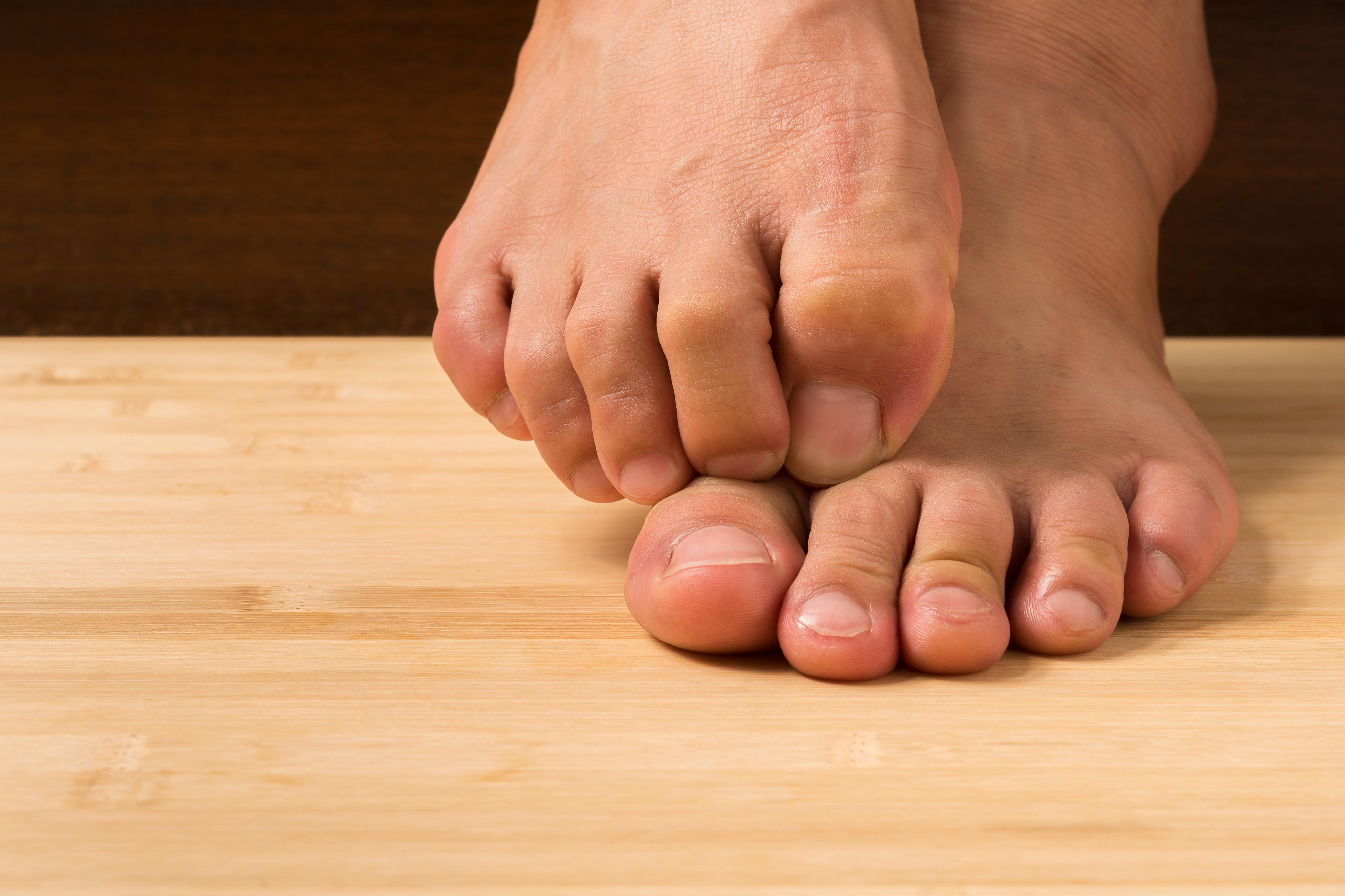Unraveling Fungal Infections: Causes, Symptoms, and Effective Treatments
Fungal Infections are a common occurrence that can affect various parts of the body, causing discomfort and disrupting daily life. Understanding the causes, recognizing the symptoms, and implementing effective treatments are essential for managing and preventing these infections. In this blog, we will explore the world of fungal infections, shedding light on their causes, and symptoms, and providing valuable insights into effective treatment options.
Understanding Fungal Infections:
Fungal infections, also known as mycoses, are caused by various types of fungi that exist in the environment. These fungi can thrive in warm, damp areas and can infect the skin, nails, hair, or mucous membranes. Common types of fungal infections include athlete's foot, ringworm, jock itch, nail fungus (onychomycosis), and yeast infections.
Causes of Fungal Infections:
Fungi naturally exist in our surroundings, but certain factors can increase the risk of developing a fungal infection:
a) Weakened Immune System: Individuals with compromised immune systems, such as those with HIV/AIDS or undergoing chemotherapy, are more susceptible to fungal infections.
b) Warm and Moist Environments: Fungi thrive in warm, humid conditions, making areas like public showers, swimming pools, and sweaty socks or shoes breeding grounds for fungal growth.
c) Close Contact: Sharing personal items like towels, clothing, or shoes with an infected person can increase the chances of contracting a fungal infection.
d) Poor Hygiene Practices: Inadequate personal hygiene, including infrequent handwashing, not properly drying the body after showering, or wearing damp clothes, can contribute to fungal infections.
Recognizing Fungal Infection Symptoms:
The symptoms of fungal infections can vary depending on the affected area, but common signs include:
a) Redness, itching, or a rash on the skin.
b) Peeling, flaking, or cracking of the skin.
c) Discoloration or thickening of nails.
d) Scaly, ring-shaped patches on the skin (ringworm).
e) Vaginal itching, burning, or discharge (yeast infection).
f) Burning or itching sensation in the groin area (jock itch).
Effective Treatments for Fungal Infections:
a) Antifungal Medications: Topical antifungal creams, ointments, powders, or sprays are commonly used for treating mild to moderate fungal infections. In some cases, oral antifungal medications may be prescribed for severe or persistent infections.
b) Proper Hygiene Practices: Maintaining good personal hygiene is crucial for managing and preventing fungal infections. Keep the affected area clean and dry, and avoid sharing personal items with others.
c) Natural Remedies: Some natural remedies like tea tree oil, apple cider vinegar, or garlic have antifungal properties and can be used as complementary treatments. However, consult a healthcare professional before trying any natural remedies.
d) Prevention Strategies: Preventing fungal infections involves practicing good hygiene, wearing clean and breathable clothing, regularly washing and drying towels and bedsheets, and avoiding walking barefoot in public areas.
Seeking Professional Advice:
If the symptoms persist or worsen despite home treatments, it's essential to consult a healthcare professional or dermatologist. They can provide a definitive diagnosis, recommend suitable treatment options, and guide you on preventive measures.
Conclusion:
Fungal infections are a common nuisance that can affect various parts of the body. Understanding the causes, recognizing the symptoms, and adopting effective treatment measures are crucial for managing and preventing these infections. By maintaining proper hygiene practices, utilizing antifungal medications, and seeking professional guidance when needed, you can effectively combat fungal infections and restore comfort and well-being to.


